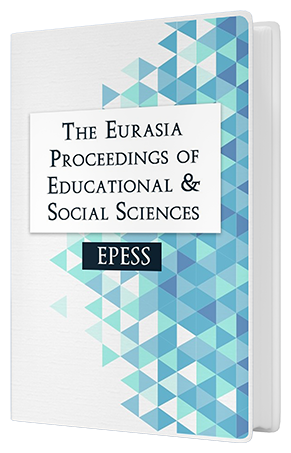HARNESSING THE POWER OF SOCIAL MEDIA IN ACADEMIC ENVIRONMENTS
Keywords:
Social media, Facebook, student attrition, student retention, empirical analysisAbstract
: The retention of customers is a global problem with serious implications for individuals, public as well as private organizations. Customer retention is a key factor for fiscal success and competitive advantage in today’s global economy. Moreover, applying communication and relationship-building techniques is a common practice to increase customer loyalty and retention. Although retention is crucial to the economic success of an educational institution, higher education administrators often ignore quality customer relationship management as a solution for retention. In order to remain financially viable, higher education administrators needed to place greater interest on customer retention.As college and university enrollment officers attempt to retain students using classic programs and models, many students have shifted their methods of communication to more interactive, self-created content used to position individuals as members of groups. Researchers have also demonstrated the importance of active, two-way communication in the customer relationship management and student retention processes. Findings from this study may contribute to the existing body of knowledge regarding the potential relationship between student retention and social media. Furthermore, the results of this study might provide guidance for academic leaders to improve student loyalty efforts and increase competitive advantage, thereby influencing long-term profits by reducing student attrition.Downloads
Published
Issue
Section
License
Copyright (c) 2016 The Eurasia Proceedings of Educational and Social Sciences

This work is licensed under a Creative Commons Attribution-NonCommercial-ShareAlike 4.0 International License.
The articles may be used for research, teaching, and private study purposes. Any substantial or systematic reproduction, redistribution, reselling, loan, sub-licensing, systematic supply, or distribution in any form to anyone is expressly forbidden. Authors alone are responsible for the contents of their articles. The journal owns the copyright of the articles. The publisher shall not be liable for any loss, actions, claims, proceedings, demand, or costs or damages whatsoever or howsoever caused arising directly or indirectly in connection with or arising out of the use of the research material. All authors are requested to disclose any actual or potential conflict of interest including any financial, personal or other relationships with other people or organizations regarding the submitted work.




